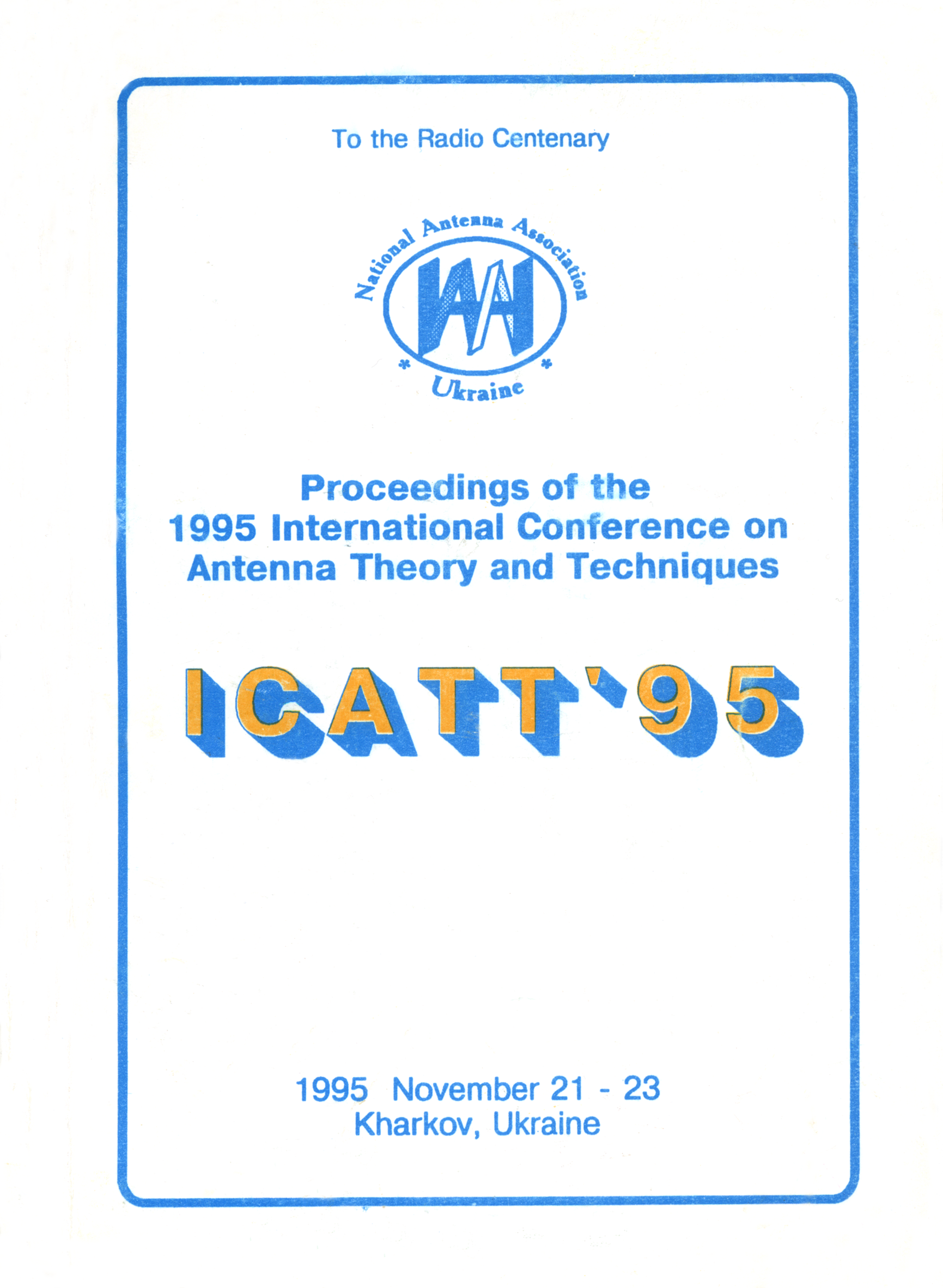Global wireless power transmission
DOI:
https://doi.org/10.1109/ICATT.1995.1234178Abstract
Economic and environmental pressures require the development of technologies that are compatible with the Earth’s environment and acceptable to society. An emerging power supply option based on Nikola Tesla’s concept of wireless power transmission (WPT) can be applied to transmit power over intercontinental distances with power relay satellites (PRS) [1] to access renewable energy sources at undeveloped or underutilized remote sites, and to convert solar energy in space for use on Earth on a global scale with solar power satellites (SPS) [2] that may not be achievable with known power generating systems relying on finite terrestrial energy sources.
International efforts to develop key advanced technologies and adapt existing technologies, to plan and carry out supporting experiments on Earth and in space, to analyze WPT system performance for PRS and SPS applications, and to assess economic viability, compatibility with the global legal and regulatory framework, and potential societal issues, have been and are continuing at academic institutions, industry' and government agencies in Europe, Japan, Russia, Ukraine and the United States. The results of these efforts were presented in specialists’ conferences, meetings of professional societies, and under the auspices of agencies of the United Nations.
The expanding knowledge base is contributing to the growing acceptance of WPT applications as one of the few global power supply options that can achieve global sustainable development on a scale significant enough to meet the aspirations of the global community and ensure that the Earth will remain a planet hospitable to all forms of life.
My best wishes to the attendees at the International Conference on Antenna Theory and Techniques. The advancements in this field are already making significant contributions to the realization of the applications of WPT for PRS and SPS to meet future global energy demands.
